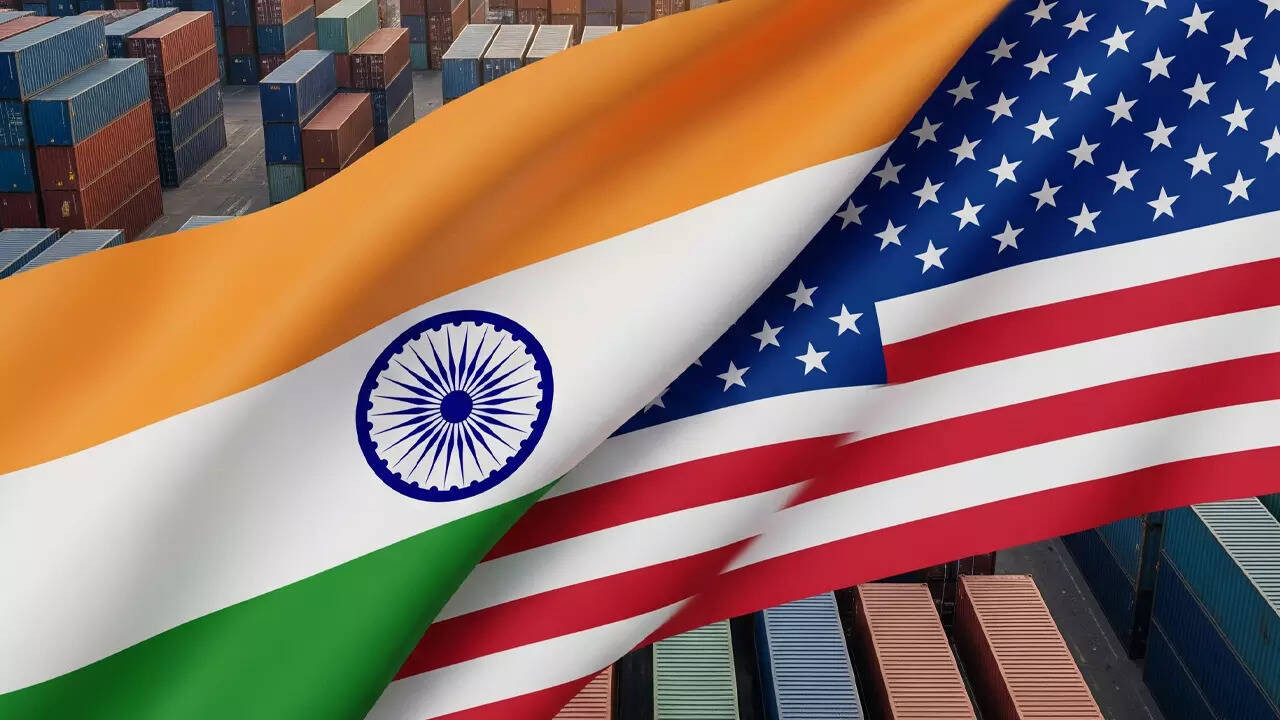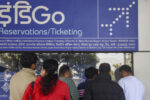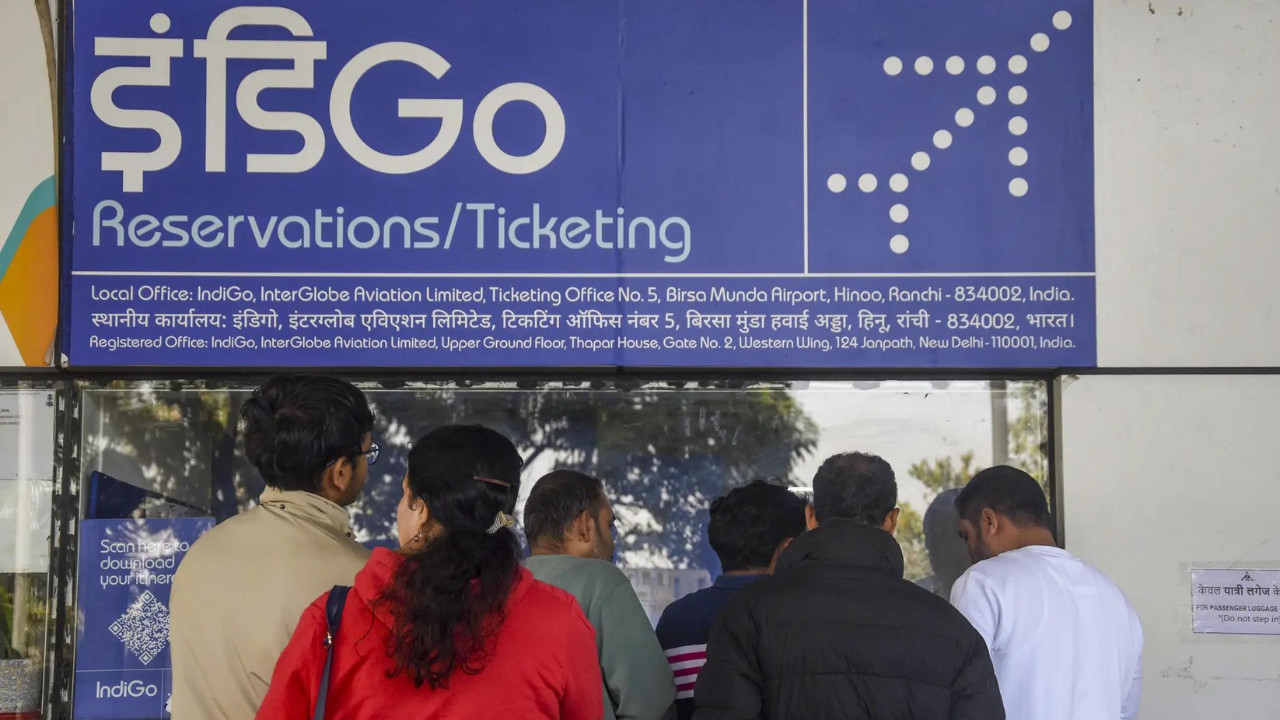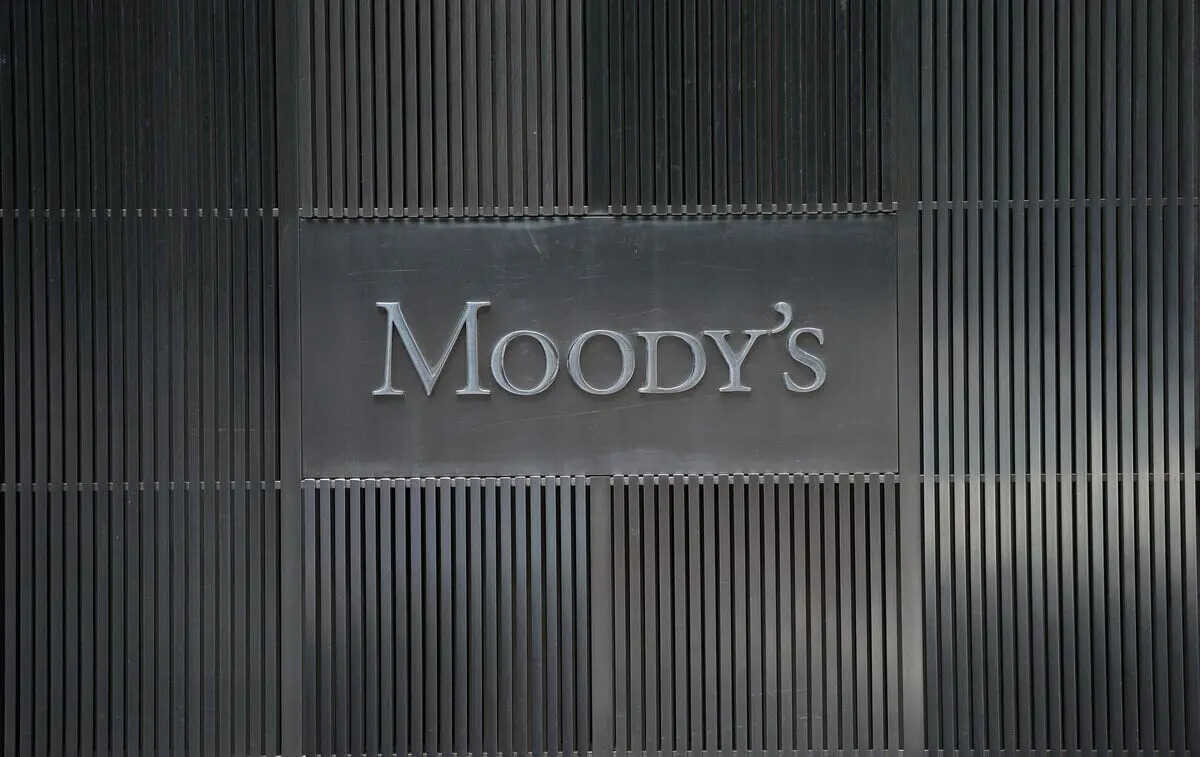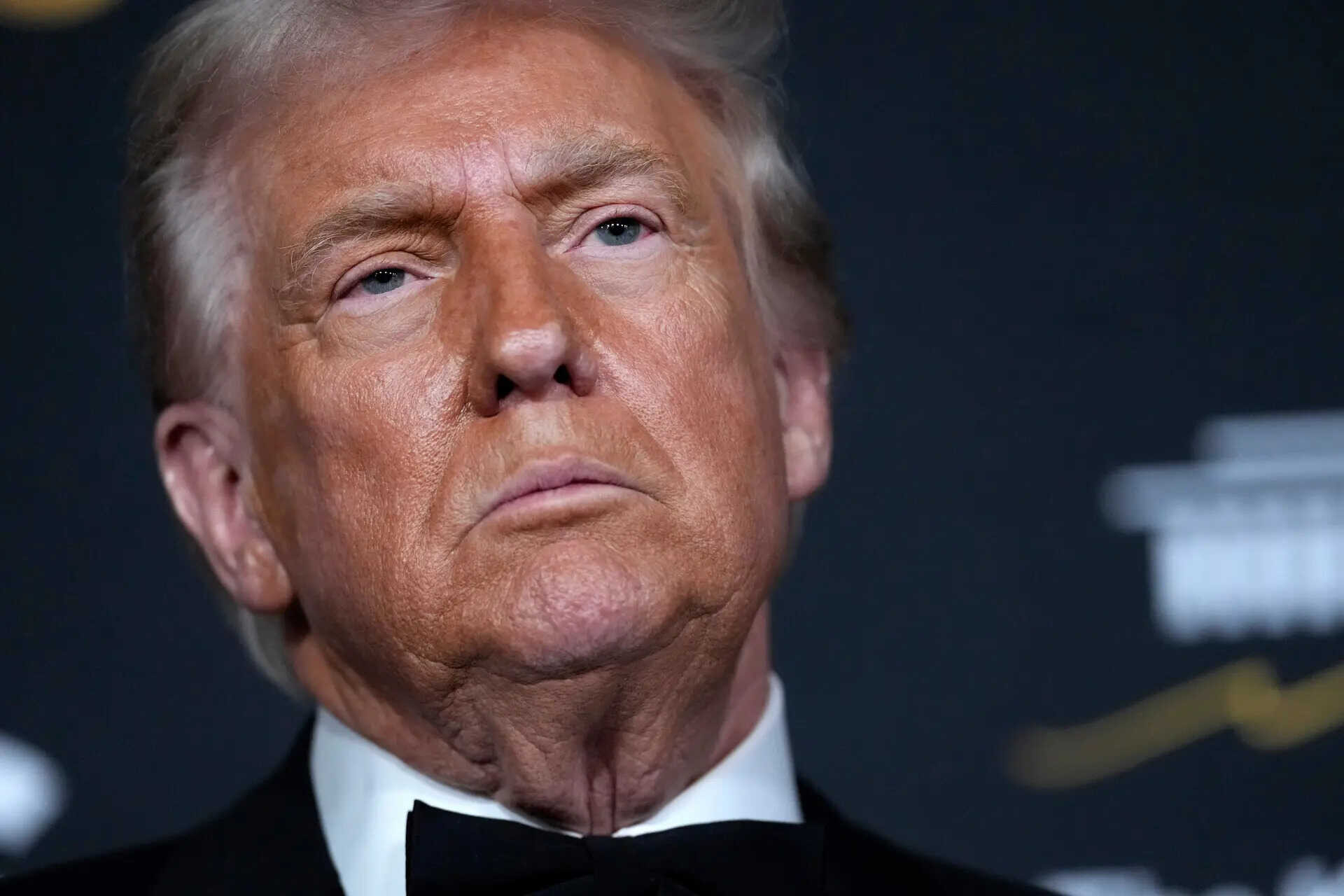India and the United States are actively negotiating a bilateral trade agreement, aiming for completion by fall 2025. Discussions during the recent US delegation visit covered market access, digital trade, and customs facilitation. Both nations seek a mutually beneficial agreement, with the US focusing on digital commerce and India seeking tariff exemptions.
Can We Finally Say “Namaste” to a US-India Trade Deal? The Whispers From Washington
For what feels like ages, the tantalizing prospect of a robust trade deal between the United States and India has dangled before us, a shimmering mirage on the economic horizon. We’ve heard whispers, seen hopeful headlines, and felt the frustration of near misses. But could this time actually be different?
Fresh off a week of intense discussions in Washington, involving key Indian-American officials, the buzz is definitely louder. Instead of the usual platitudes and diplomatic jargon, there seems to be a tangible sense of forward momentum. While specifics remain cloaked in the usual official secrecy, the clues are definitely worth piecing together.
Imagine the scene: Backroom meetings humming with the energy of negotiation, policy papers scrutinized under the fluorescent glow, and the constant back-and-forth as each side champions its interests. It’s not quite Hollywood, but the stakes are definitely high. What’s being talked about isn’t just dollars and cents; it’s about jobs, innovation, and the future of two economic powerhouses intertwined.
The article suggests a key focus on wrapping up the “first phase” soon. This isn’t about some grand, sweeping agreement encompassing everything under the sun (at least not yet!). It’s more likely a targeted approach, tackling the low-hanging fruit – the sticking points that, once resolved, could unlock significant trade opportunities and, perhaps more importantly, build the necessary trust for tackling the more complex issues down the line.
So, what might this “first phase” look like? If the whispers are accurate, expect to see progress on areas like reducing tariffs on specific goods – maybe certain agricultural products or manufactured items. Think of it as fine-tuning the gears of the trade engine, removing the grit that’s been slowing things down.
Another crucial element swirling in the discussion is easing regulatory hurdles. Bureaucracy, that universal nemesis of progress, can often be a major obstacle to trade. Streamlining processes, harmonizing standards, and increasing transparency would go a long way in making it easier for companies on both sides to do business with each other. This is less about giving one side an advantage and more about creating a level playing field, fostering a more predictable and efficient trading environment.
The role of Indian-American officials in these deliberations shouldn’t be underestimated. These individuals bring a unique blend of cultural understanding, business acumen, and deep knowledge of both countries’ economic landscapes. They act as crucial bridges, translating not just words but also nuances and perspectives, helping to navigate the often-thorny path of international negotiations. Their presence signifies a commitment to finding mutually beneficial solutions, rather than simply pushing a single agenda.
But let’s be real. Trade deals are never a walk in the park. Expect to see some pushback. There will undoubtedly be sectors on both sides that feel threatened, that worry about increased competition. Lobbying efforts will ramp up, and the political pressure cooker will be turned up a notch.
For instance, the article doesn’t delve into specific sectors that could face challenges, but we can speculate. Imagine Indian pharmaceutical companies expressing concerns about stricter US regulations, or American farmers worrying about competition from subsidized Indian agriculture. These are legitimate anxieties, and any successful trade deal needs to address them fairly and transparently.
Ultimately, the success of this potential deal hinges on the willingness of both sides to compromise, to see the bigger picture, and to recognize that a strong US-India trade relationship benefits not just businesses but also consumers and the overall global economy.
So, while we shouldn’t pop the champagne just yet, the signals are encouraging. This renewed push for a trade deal feels different, more focused, and perhaps even…dare I say…achievable? The coming weeks and months will be crucial. We’ll be watching closely, hoping that this time, the promise of a stronger US-India economic partnership finally becomes a reality. Perhaps then, we can truly raise a toast and say, “Namaste” to a new era of prosperity. This is one story where the happy ending would resonate far beyond the balance sheets.
📬 Stay informed — follow us for more insightful updates!
